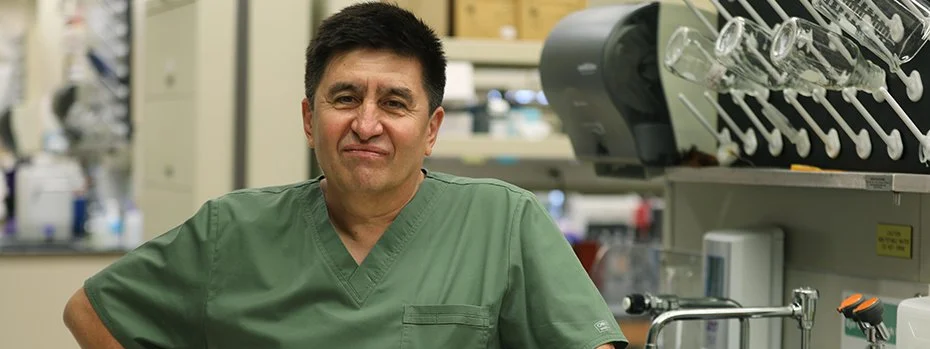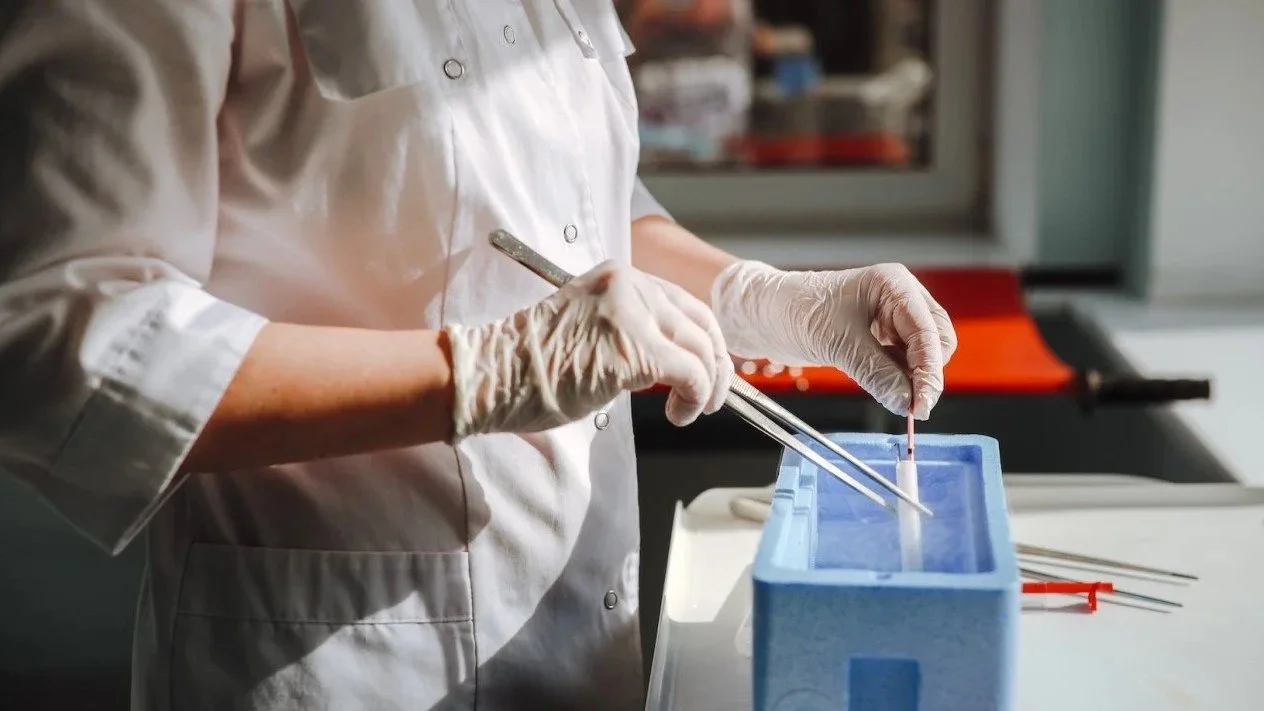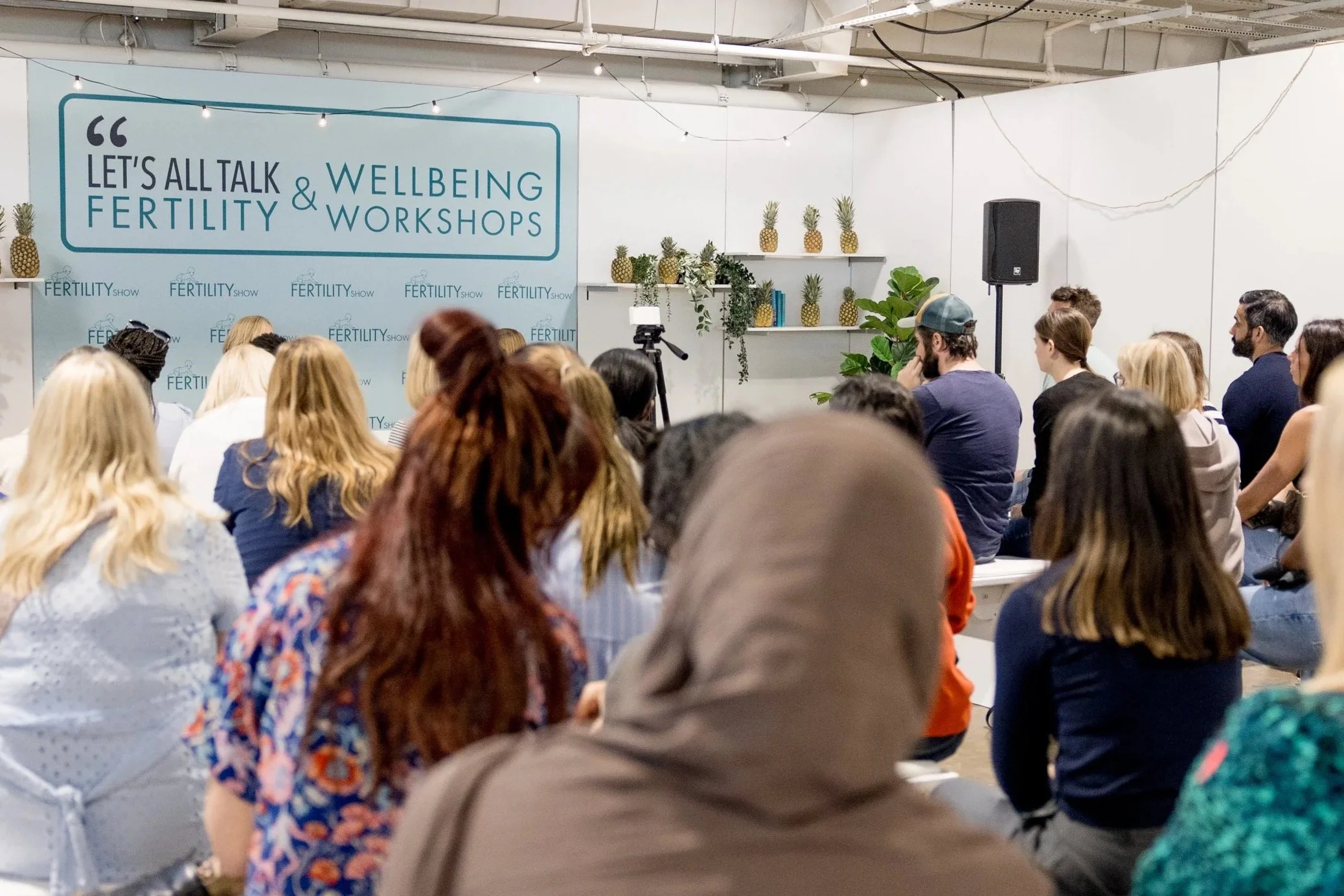Scientists create embryos from human skin DNA
Written by Sophie Sulehria
This month saw a breakthrough that could reshape fertility forever.
For the first time in history, scientists have created early-stage human embryos using DNA from skin cells - potentially opening the door to new ways of overcoming infertility and even allowing same-sex couples to have genetically related children.
It’s a milestone that blurs the boundaries between science fiction and science fact. And while this technology is still many years from clinical use, it raises profound questions about what it means to create life, redefine parenthood, and extend the limits of fertility as we know it.
The experiment that changed the rules
At Oregon Health and Science University ( Oregon Health & Science University ), a research team led by Professor Shoukhrat Mitalipov has successfully manipulated the DNA inside human skin cells to create what they describe as functional eggs. These eggs were then fertilised with sperm, resulting in early-stage human embryos that survived for up to six days in the lab.
It marks the first time such a process has been achieved in humans.
Here’s how it works: scientists take a simple skin cell, remove its nucleus, which holds the full genetic code needed to build a human body, and insert it into a donor egg that has been stripped of its own genetic material.
If that sounds familiar, it’s because it’s similar to the technique used to create Dolly the Sheep in 1996 - the world’s first cloned mammal.
However, unlike Dolly’s cloning, where the egg was already ready to grow into an embryo, this one isn’t. A normal egg contains just 23 chromosomes, ready to pair with 23 from the sperm. But the newly created egg still has all 46 chromosomes from the donor skin cell - double what’s needed.
To fix this, researchers had to persuade the egg to discard half of its chromosomes, a process they’ve coined mitomeiosis - a blend of mitosis (cell division) and meiosis (the process that produces eggs and sperm naturally).
From this groundbreaking procedure, 82 eggs were created. When fertilised with sperm, a small number began dividing and developing - the earliest stages of human life. None were cultured beyond six days.
“We achieved something that was thought to be impossible,” said Professor Mitalipov, Director of the Centre for Embryonic Cell and Gene Therapy at OHSU. “We have to perfect it, but eventually, I think that’s where the future will go - because there are more and more patients who cannot have children.”
What this could mean for fertility treatment
If perfected, this technique could one day offer hope to millions of people who currently have no options through conventional IVF.
For women who no longer produce viable eggs - often due to age, illness, or chemotherapy - it could mean the chance to have a child that’s genetically theirs. For men with no sperm, it could allow eggs to be created from their own cells and fertilised using a donor’s sperm.
And in what’s perhaps the most revolutionary implication of all, the process could make it possible for same-sex couples to have genetically related children.
In a male same-sex couple, for example, one man’s skin cell could be turned into an egg and fertilised with his partner’s sperm. The resulting embryo would carry DNA from both fathers. Theoretically, the same could apply in reverse for female couples - creating sperm from one partner’s skin cells to fertilise the other’s eggs.
A scientific leap - but not without risk
Despite the excitement, this research is still very much in its infancy.
Out of the 82 eggs created by the Oregon team, fewer than 10% developed to the stage where IVF embryos are typically transferred to the womb. And while the scientists managed to coax the cells into discarding half their chromosomes, the process was random, meaning the resulting eggs often had missing or duplicated chromosomes, which would prevent healthy embryo development.
Professor Paula Amato, co-author of the study, cautioned that these abnormalities are a major hurdle. “These abnormal chromosome complements would not be expected to result in a healthy baby,” she said.
The team is now working to refine the process and improve its accuracy. But it’s likely to be at least a decade before the technique could be considered for clinical use.
From Dolly the Sheep to designer families?
This breakthrough builds on decades of cloning and stem cell research. The Oregon team’s method is a modern twist on the “somatic cell nuclear transfer” used to create Dolly - where an adult cell’s nucleus was placed into an egg cell with its own nucleus removed.
In Dolly’s case, the resulting embryo was implanted into a surrogate sheep and carried to term. For humans, this is not only ethically prohibited but scientifically unfeasible - at least for now.
Yet the principle is similar: using existing cells to recreate the starting point for life.
What’s different today is the purpose. This isn’t about cloning humans, it’s about restoring fertility, creating possibilities where biology has drawn hard lines.
But as with all reproductive breakthroughs - from IVF to egg freezing - science often advances faster than society’s ability to process its implications.
Redefining parenthood
If in vitro fertilisation (IVF) once changed the meaning of conception, this new frontier (called in vitro gametogenesis) could change the definition of parenthood itself.
Traditionally, reproduction has meant sperm meets egg, leading to an embryo that carries genetic material from both biological parents. But if skin cells can be reprogrammed into eggs (and eventually sperm), the idea of what constitutes a “biological parent” becomes more fluid.
It raises complex questions.
Would it be ethical to create eggs or sperm from a deceased partner’s skin cells? Could embryos be made without a person’s consent if their DNA were available? What safeguards would need to exist to prevent misuse?
And, fundamentally, how will society respond to the idea that any cell in your body - a skin flake, a hair follicle - could theoretically be turned into an egg or sperm?
What the public thinks - your voices
At The Fertility Show, we asked our community what they made of this headline-making science. We ran a poll on Instagram to get a snapshot of how people are feeling about the news.
55% said they believe this represents the future of science, offering new hope to those who cannot have children naturally.
15% felt it was a step too far — that science might be overreaching into areas of life that should remain untouched.
30% weren’t sure — open to the idea, but cautious about the unknowns.
It’s a fascinating reflection of the moment we’re in: equal parts curiosity, excitement and hesitation.
The results show that while the majority see this as a positive evolution in reproductive medicine, there’s still a deep need for public conversation - not just scientific validation.
Because this breakthrough doesn’t just challenge biology - it challenges beliefs, ethics, and the very idea of what it means to start a family.
The promise and the pressure
Professor Mitalipov’s work is part of a growing global effort to produce sperm and eggs outside the body. Research teams in Japan, the UK, and the US are all exploring ways to turn stem cells into reproductive cells - with animal studies showing early success.
The promise is enormous: new treatments for infertility, better understanding of early embryonic development, and potential cures for inherited diseases.
But progress comes with pressure. As these technologies move from lab to life, the conversation must move with them.
Ethicists and scientists alike are calling for public dialogue, not just peer-reviewed debate. Dr Robin Lovell-Badge of the Francis Crick Institute said:
“This is an important advance, but we must have open discussion about what it would mean to apply these technologies in humans. The ability to make gametes from somatic cells is both a powerful tool and a profound responsibility.”
The next decade
It’s easy to see why this discovery has captured global attention. For those living with infertility, it represents something they’ve long hoped for: possibility.
Imagine a future where the barriers of age, disease, or biology no longer determine who can start a family. Where the label of “infertile” no longer means “impossible.”
But with possibility comes Pandora’s box.
Would this technology eventually lead to genetic selection - the ability to “design” embryos with preferred traits? Would it widen the gap between those who can afford cutting-edge fertility treatments and those who can’t?
These are questions that can’t be answered by science alone. They need to be addressed by ethicists, policymakers, and, crucially, by the public.
Why this matters now
Globally, infertility affects one in six couples. Demand for fertility treatment has never been higher, and science continues to push the boundaries of what’s possible. From IVF’s early controversies in the 1970s to the emergence of surrogacy, donor conception and egg freezing, every major leap in reproductive technology has reshaped society’s understanding of family, choice, and identity.
This breakthrough could be the next chapter in that story - a step closer to democratising fertility, but also one that challenges how we define creation itself.
As Professor Mitalipov said, “Eventually, that’s where the future will go.”
Whether that future feels exciting or unnerving depends on how we approach it - not just in the lab, but in conversation, policy, and compassion.
What do you think?
Do you see this as the future of fertility, or a step too far?




